Hi, my name is Amy Haley (@cattie.combs on Instagram), and I live in a small rural town in Indiana, in the US. I started photography in high school as a photographer for the school paper and yearbook (back in the film and darkroom days). I went to college for a couple years where I minored in photography. After school I did photography for myself, focusing on portraits of friends and family—well, it’s probably more accurate to say that I cajoled friends and family to let me use them as models.
I kind of fell away from it for a while, but when I worked at a local animal shelter a few years ago my love for photography came back, taking pictures of adoptable pets. It was also when I realized I could take photos with my phone like I used to do with my film camera, and that was my first game changer (the second was getting a DSLR camera).
How long have you been a toy photographer and what attracts you to this hobby?
I started doing toy photography in December 2018. I really love the opportunity to take the photos I want to take, using such a variety of figures, and not having to worry about directing a human in order to get to the idea in my head. Creating stories or portraits or pretty pictures or small worlds with toys is freeing and a lot of fun.
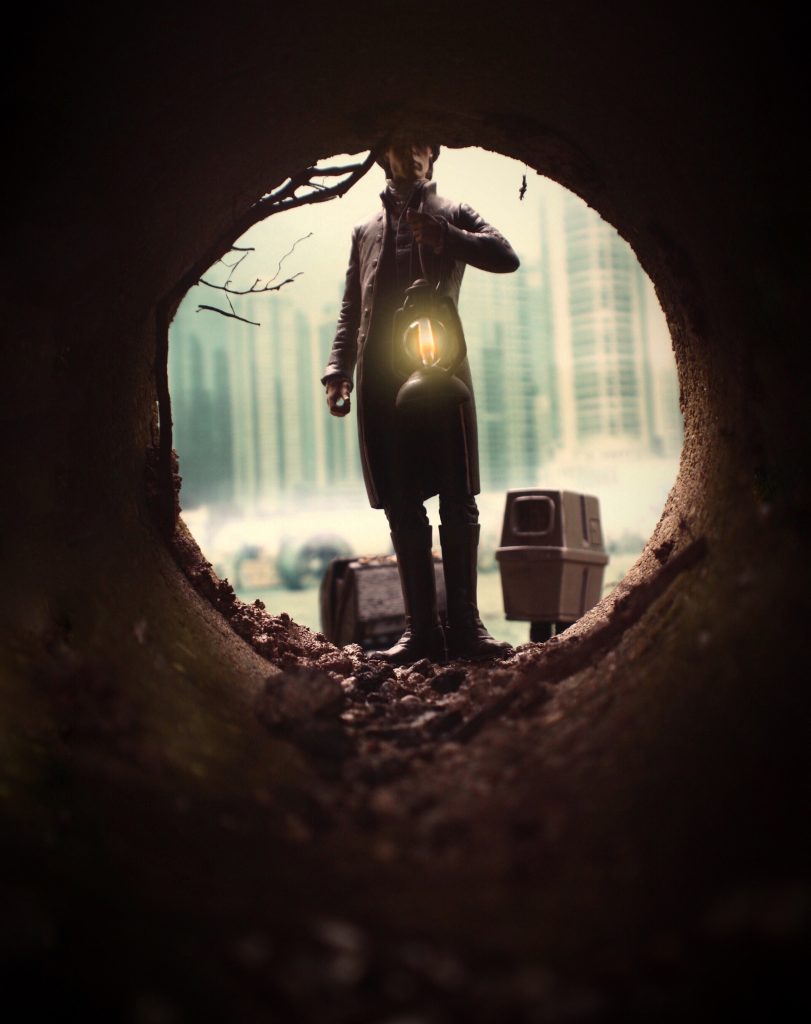
Where do you get your best photography ideas?
Sometimes ideas pop into my head as soon as I look at a figure, but many times the figure has to marinate in my mind for a while until an idea forms. That can come from something I read, or music, or a scene in a movie or show, or sometimes from my own imagination. Every once in a while I’ll grab a couple toys and just wander around outside looking for interesting looking places to shoot.
Tell us about your process in creating images from original thought to final photo image.
Once I have an idea I like, I’ll start puzzling out how to make the setting and deciding what I want the lighting to look like (that will determine whether I shoot outside or inside). Nowadays I often use a printed background in conjunction with props and real world stuff. I’ve been lucky enough to find a couple dollhouses that have come in very handy, and it’ll be fun to explore their possibilities.
Once I get the set how I think I want it, I’ll start shooting and will usually add more stuff as I think of it. Sometimes the shot comes out looking completely different than I originally planned, but it’s very enjoyable to me to go with flow and see what happens. I almost always take a ridiculous number of shots because I keep trying different things in the moment
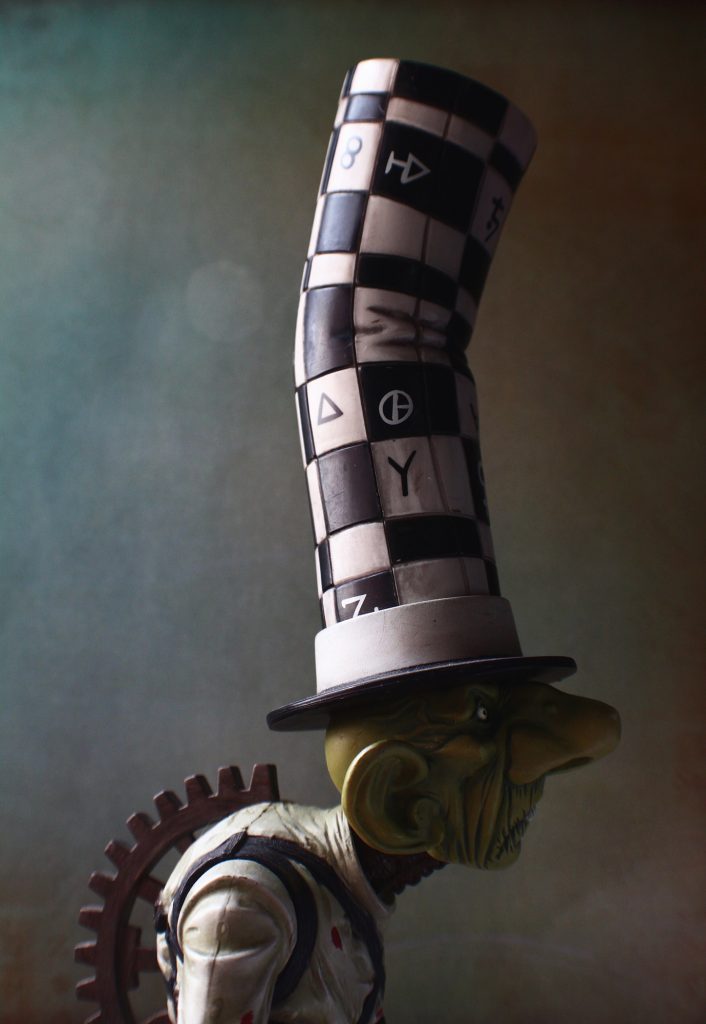
What photography editing software do you commonly use in your image creation and how does it help you express your ideas?
I edit on my phone using Photoshop Fix primarily, with PicsArt and Snapseed both coming in a close second; they each have their own jobs when I edit. I have been challenging myself to try to make light a subject in its own right in some of my shots, and although I try to get as close as possible in-camera, with the tools at my disposal, sometimes it needs a boost and tweaking. I also will fix color if it turns out a bit too vibrant for what I’m going for, and also to create a mono image.
What is your current equipment setup and why is it your favorite?
I shoot with a Canon Eos Rebel T1i and an 18-55mm zoom with a wide angle / macro combo on the zoom. Sometimes I’ll use a 75-300mm zoom when shooting outside, but I have a pretty small area to shoot inside, so the wide angle is handy there.
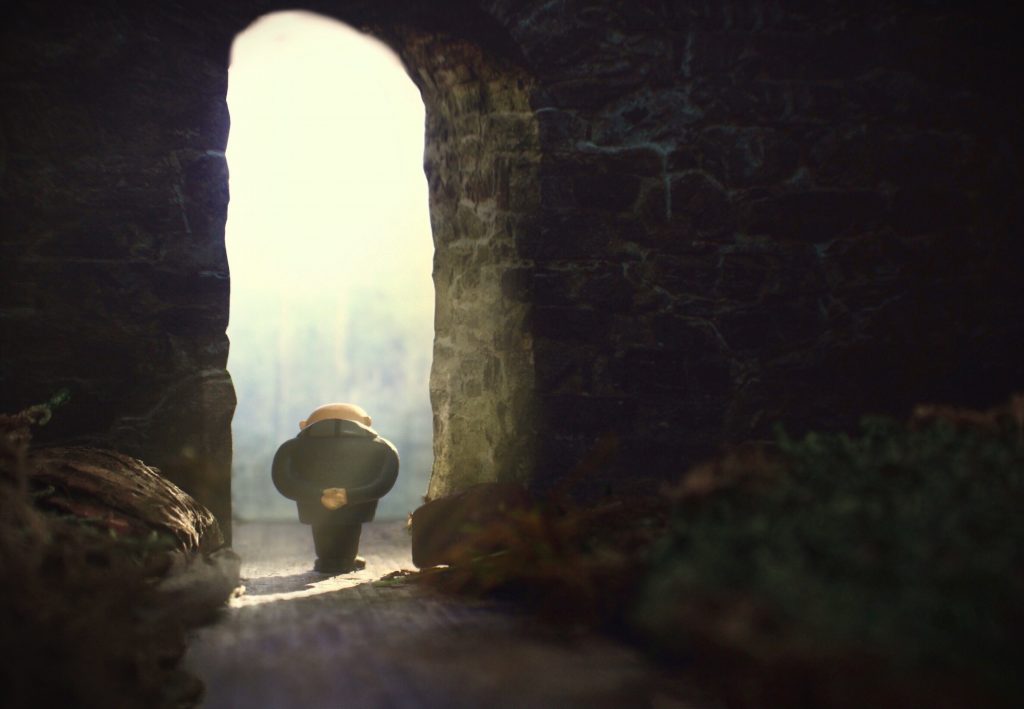
There are a lot of toys out there to photograph. What is your favorite toy line and why?
My favorite toys are odd or old, or made by independent toy makers. Finding a little interesting toy, or one that just “speaks to me,” in the bottom of a loose toy bin at a thrift store is extremely satisfying to me—it’s the thrill of the toy hunt! I’m really open to what I photograph (the challenge thing again); at least half of what I shoot is just what I find and catches my eye.
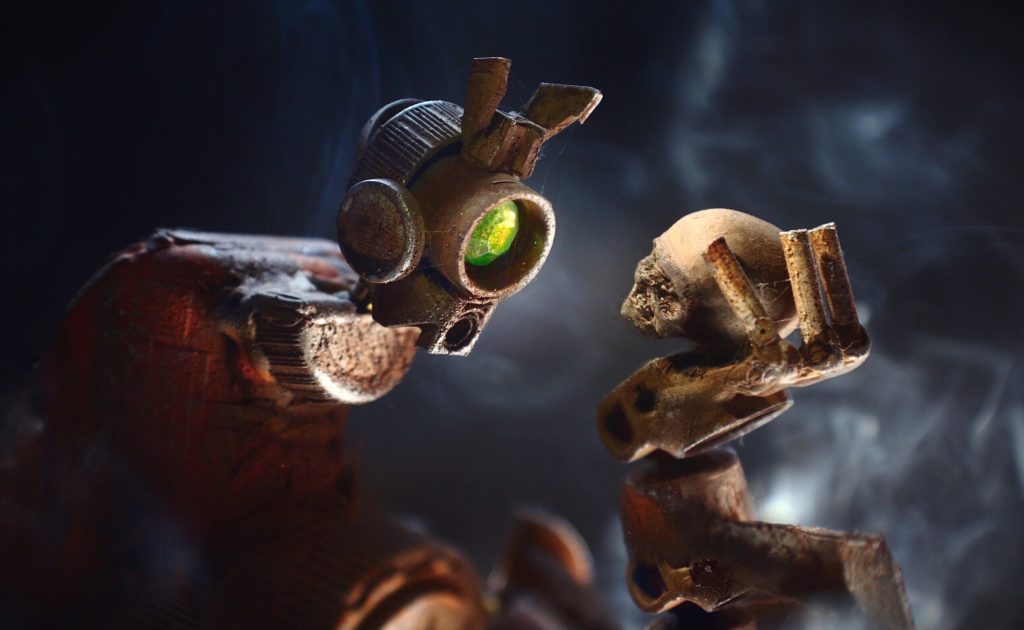
What are the most important tips that a new hobbyist should know if they are interested in pursuing toy photography?
These are kind of general ideas I have found helpful:
- Never stop challenging yourself and experimenting and growing. That’s what keeps it interesting for yourself, and builds your skill and confidence—in photography and other stuff, too.
- I try to remember that when we see an amazing finished photo that it most likely didn’t happen the day after someone decided to pick up a camera for the first time. A shot I admire has time and effort and frustration and failure and lessons learned behind it. Enjoyment, too—part of which comes out of working through the hard parts (at least for me).
- The number of followers a person has isn’t an accurate gauge of success. For me, the truest way to measure success / growth is by comparing what you’re producing today to what you did a month ago, a year ago, etc.
- If you are curious about how to do something that you see another toy photographer is doing, don’t be afraid to reach out to them. More often then not they will be happy to share the necessary information. We all love talking about this hobby, no doubt about it!
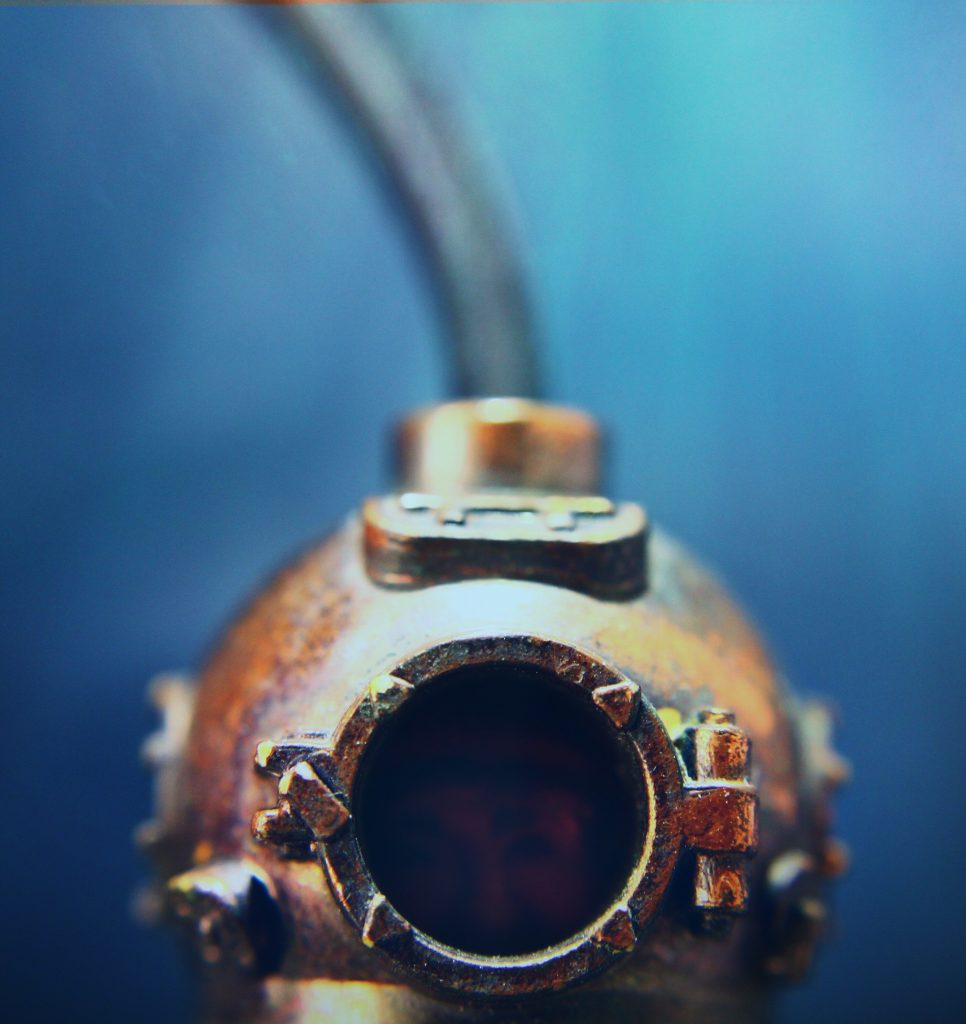
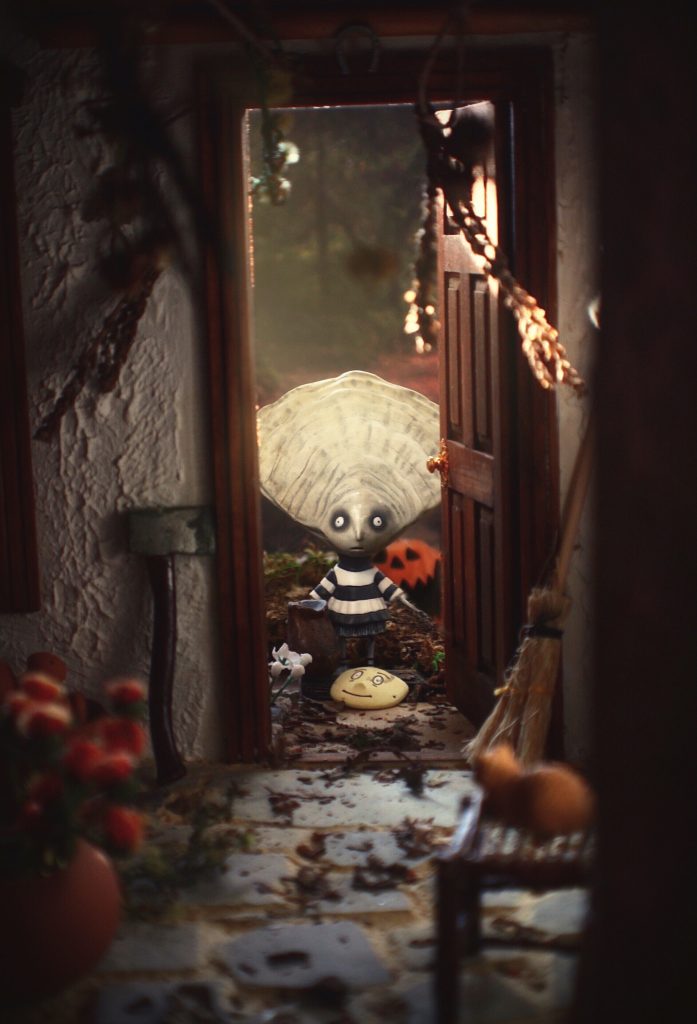
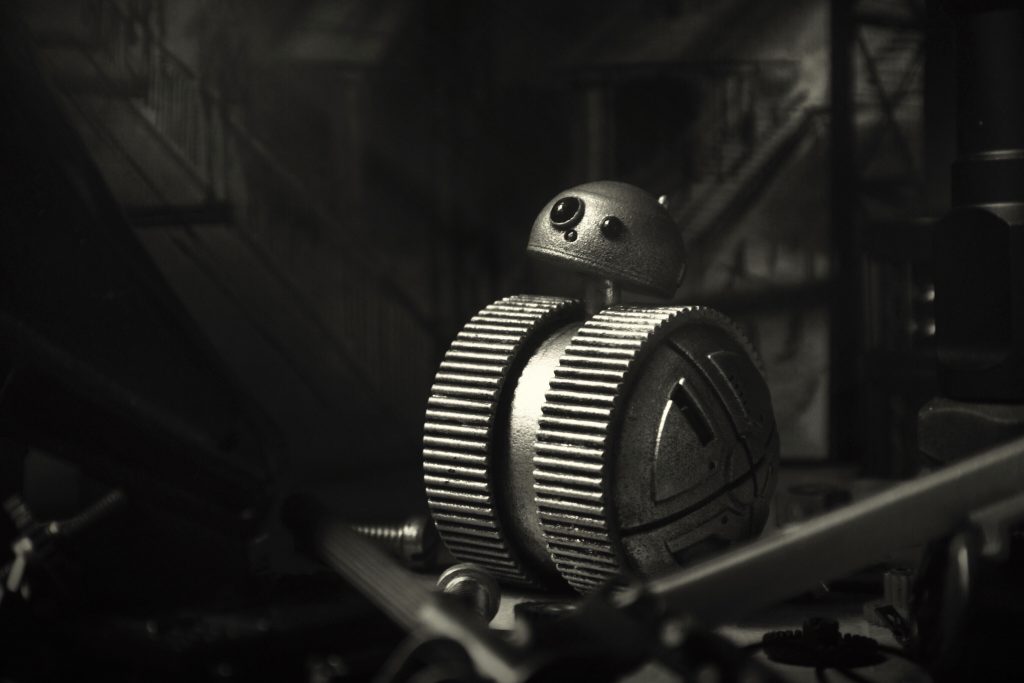
You can see more of Amy’s wonderful photos as well as behind-the-scenes images of her setups via @cattie.combs on Instagram. You can read about other toy photographers who have been featured in this series here or in our Why? series.


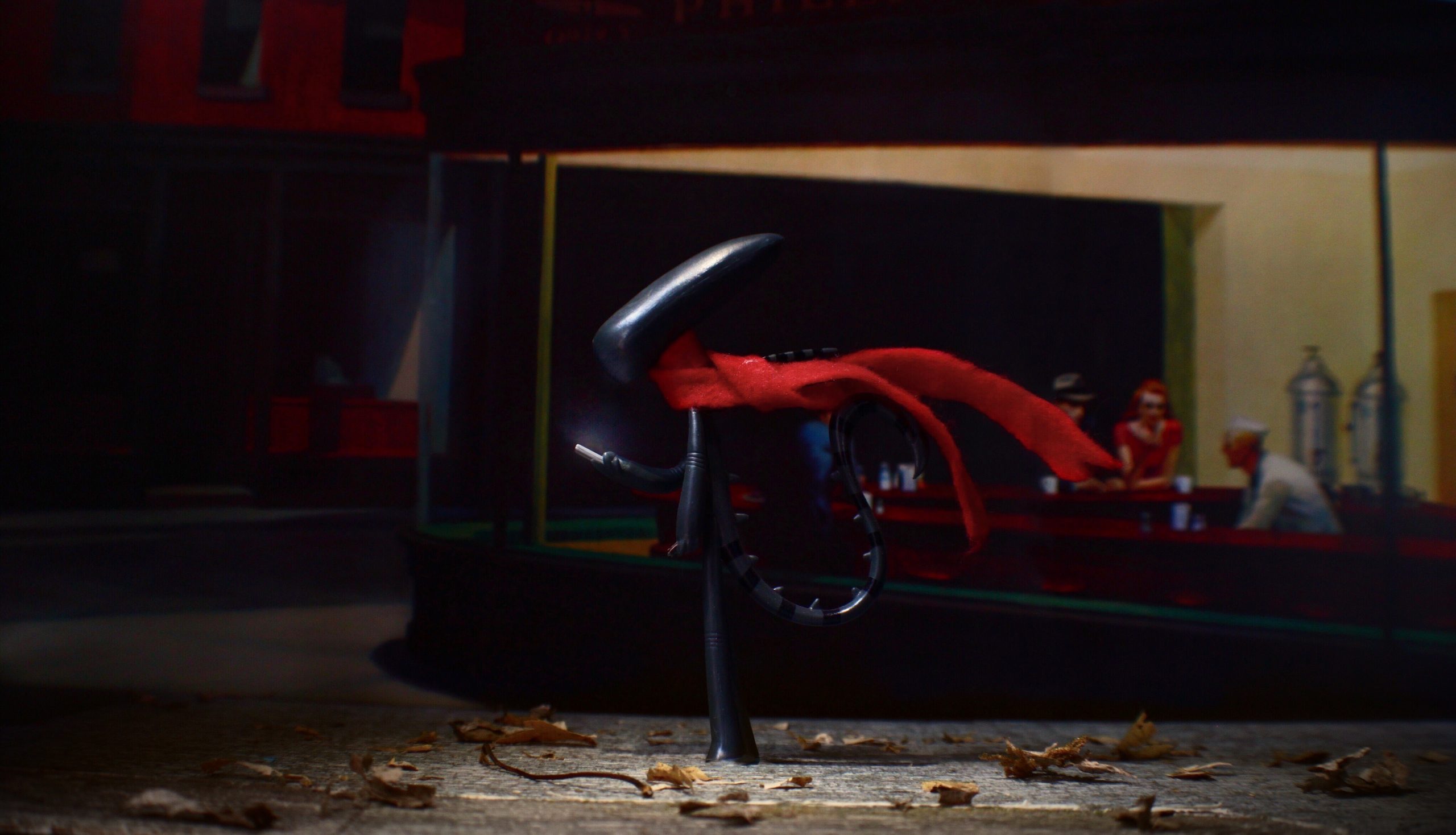
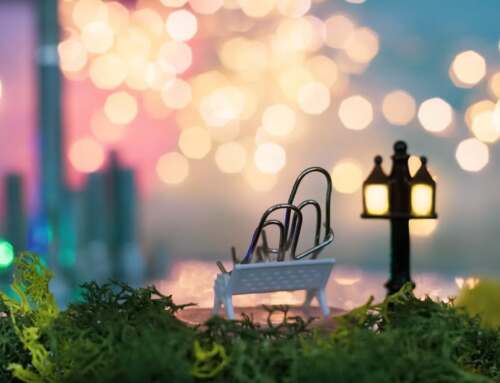
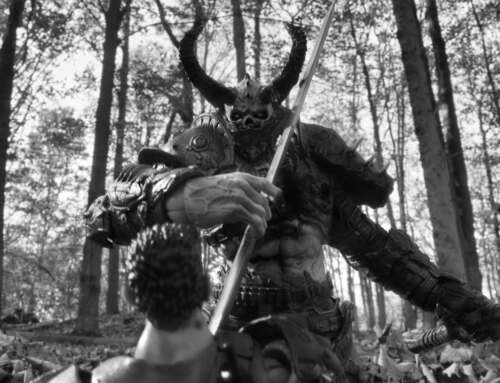
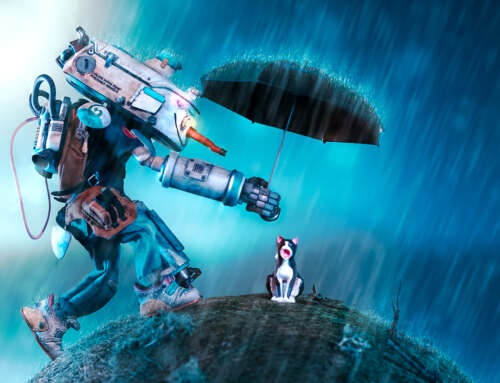
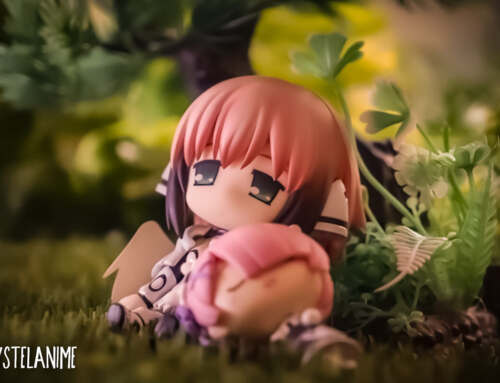
I really enjoyed this opportunity to meet you! I love the variety of toys you find to shoot which keeps me hoping I’ll find more too. Thans for the article!